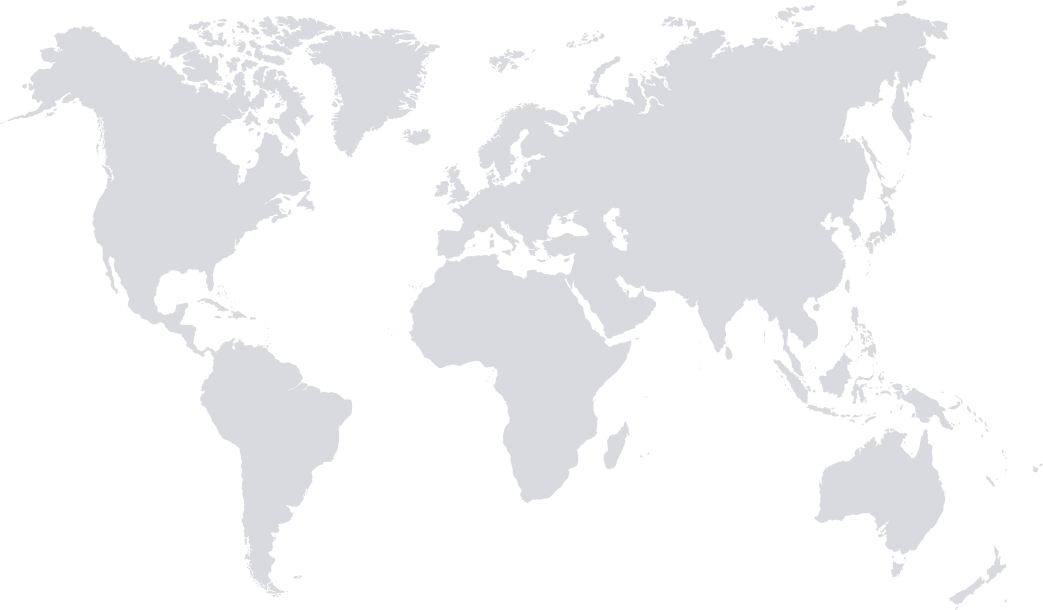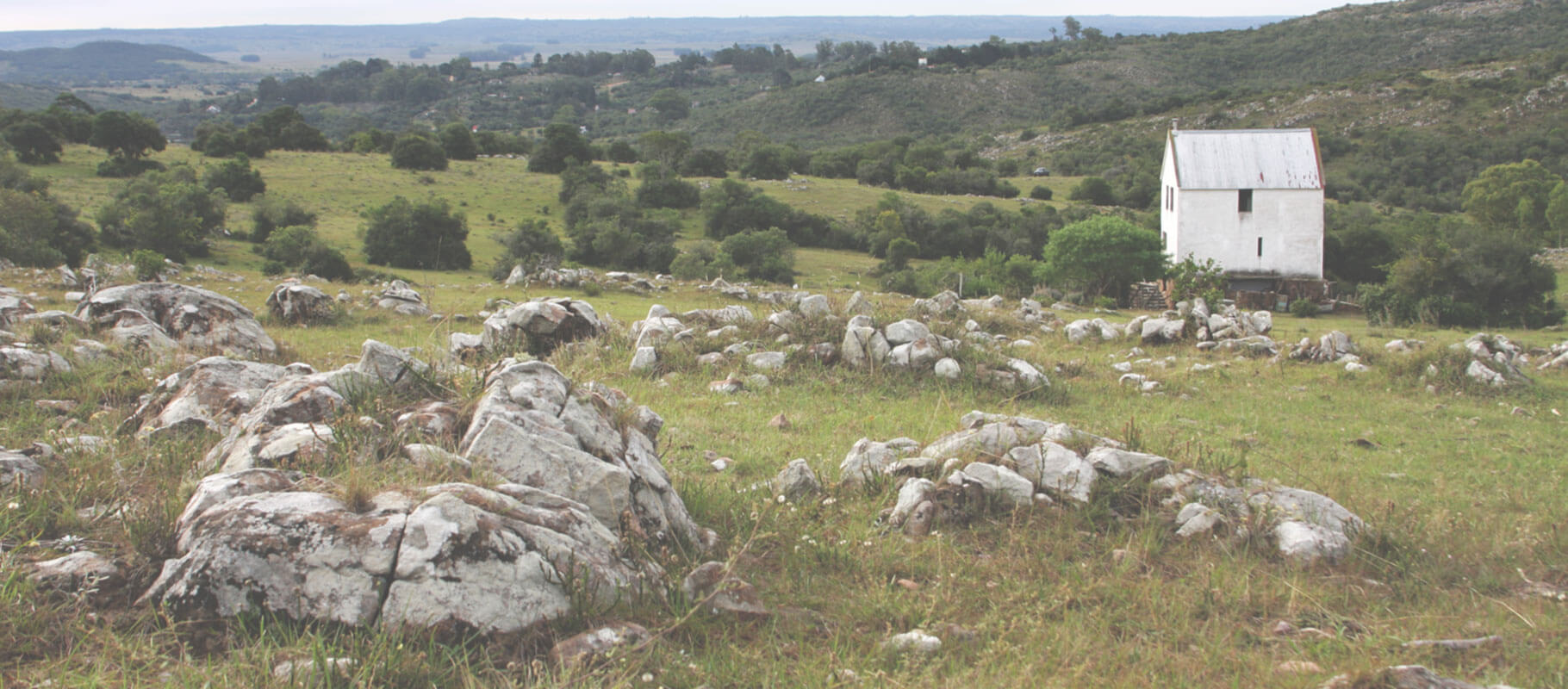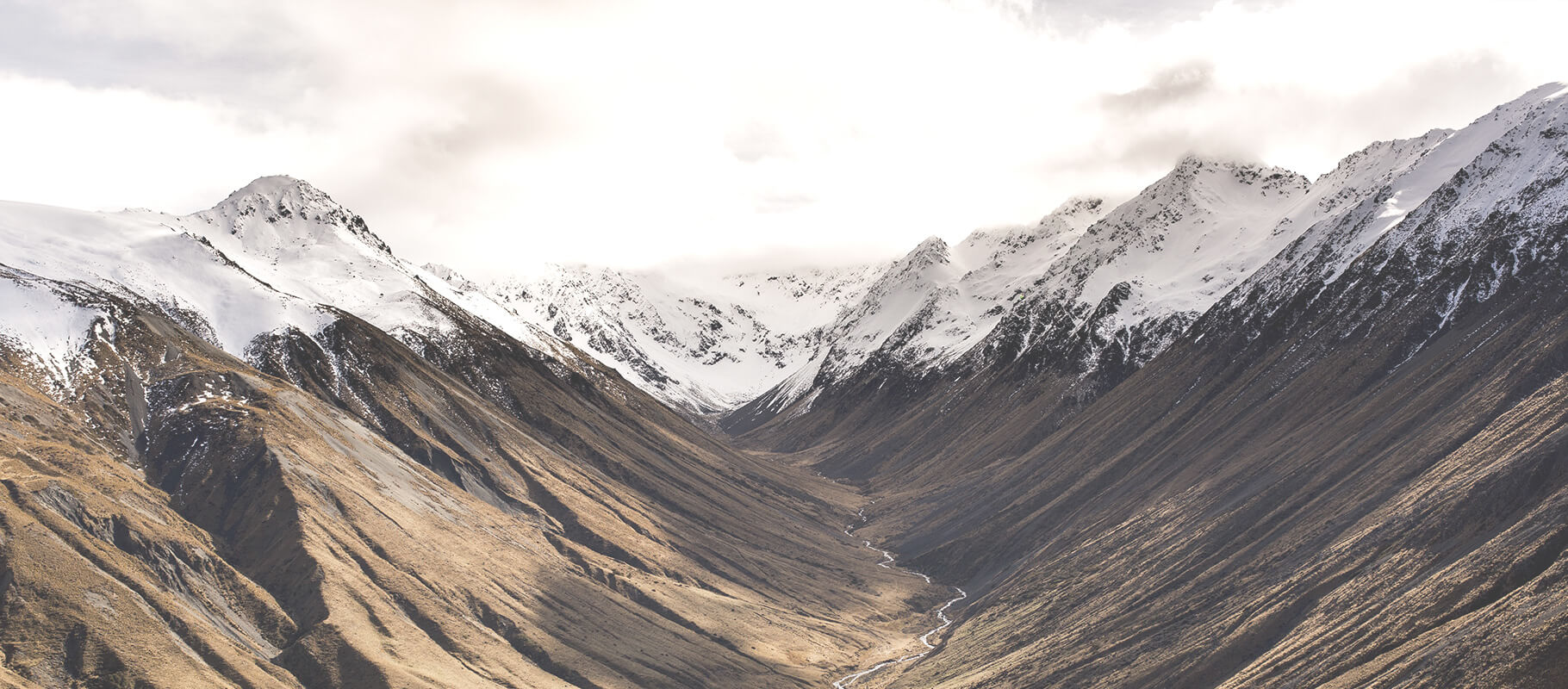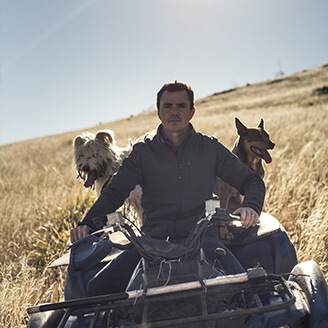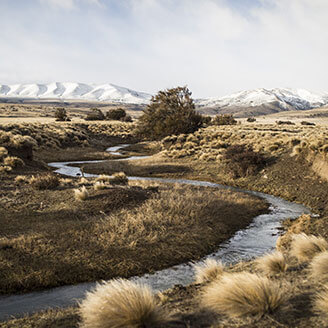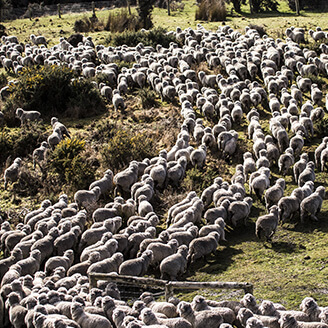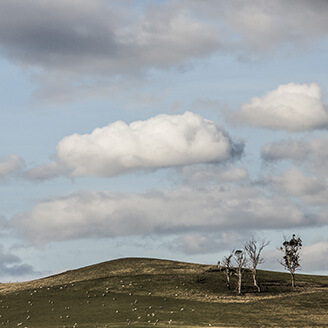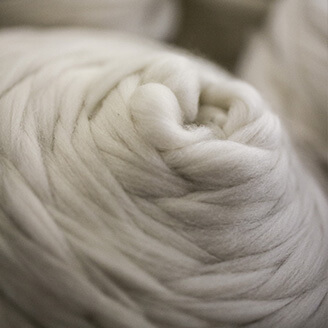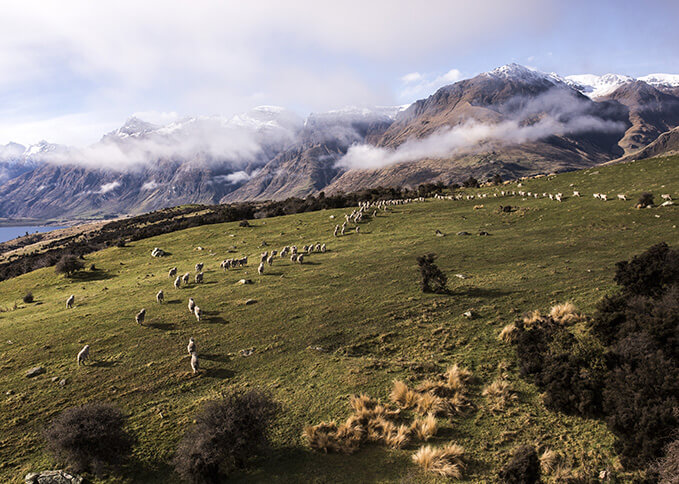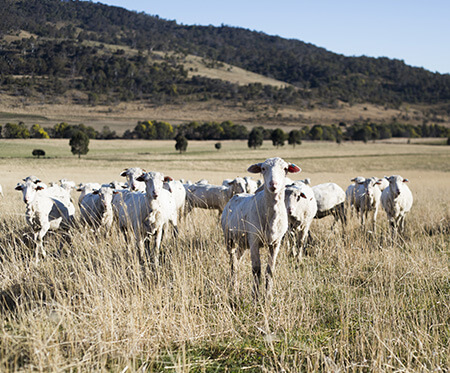wool characteristic
When we speak of wool origin we mean the geographic place where the sheep live.
The characteristics and quality of the wool is influenced by many environmental factors in which the sheep grows:
of the environment
If we take two identical sheep (same breed) and let them live in 2 different geographic
locations (eg Australia and Argentina) they will produce wool with totally different characteristics.
This explains why in different parts of the world different wool are produced for different products.
